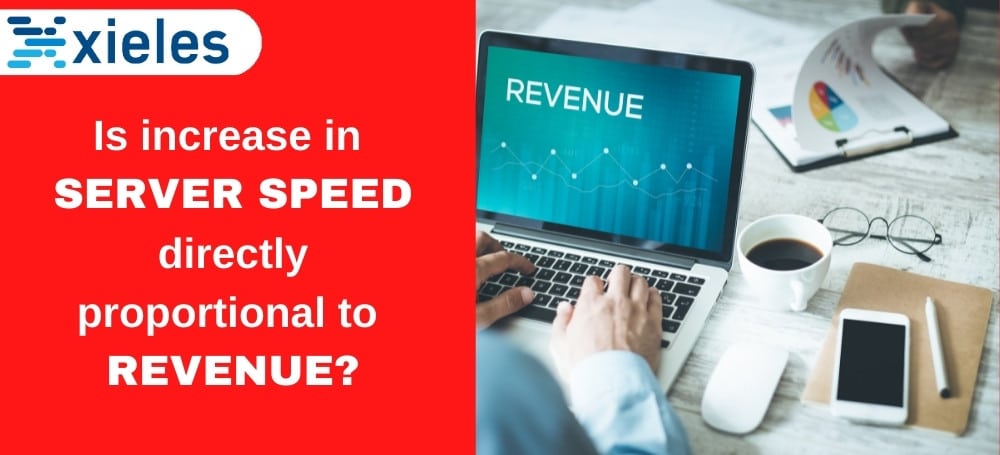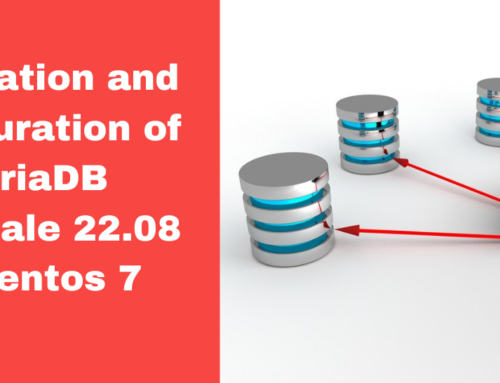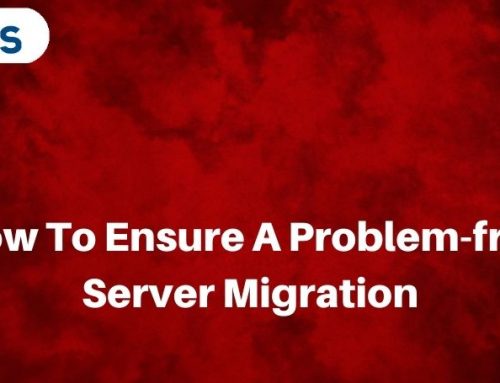In the fast pacing, ever-changing world, it is important to speed up business processes accordingly. Otherwise, the opportunity can be snatched away by the competitors. When it comes to businesses, a rather slow pace might cost a huge sum of money as time is money.
The server response time explains how much time is taken for the server to load the page upon your request. According to Google, a good server response time is under 200 milliseconds. Whenever a person visits a website, if it takes more than 10 seconds to load, the person might turn to a different website. Therefore, conversion is not possible. The traffic trends can be determined by how fast the website is loaded.
It’s known that for every millisecond your users wait to load your website, you’re potentially losing customers. By continually optimizing your site performance, you will convert new customers and continue to impress them. The overall brand image can be improved in the minds of customers/clients.
A correlation can be found between site performance and the user experience. If the time for the site to load is below five seconds, it’s possible that the user might get frustrated and switch to other sites which unfortunately will be of the competitors. In place of generating revenue for ourselves, we deliberately give it to the competitors because of our lack of idea to update the server speed.
The right host and server can help to a great extend. The speed of the website will be comparatively lower if it’s been supported by a shared web hosting service because it caters to many other websites at the same time. The right web hosting will help to a larger extent to solve this problem. If the website is swift and responsive, It’s easy to achieve high SEO rankings. In the case of SEO ranking, the faster it’s taken to load higher the rank it gets in the Google algorithm. By optimizing site performance and improving user experience, this issue can be tackled. Removing unnecessary bloatware (websites with many plugins, pages, extensions) will save up the loading time.
Compressing images, optimizing cache and the right software can play a huge role in the website speed as in today’s market trends, websites are being improvised and beautified in order to look aesthetic and classy. With that comes many images and extra plugins so it’s also responsible for a slow website. The responsiveness of the webserver is indicated by TTFB, time to first bite. This explains the time taken for the first bite of data to appear in the browser. The swiftness of the website depends on how faster TTFB is. In order to retain and acquire customers, a fast pace in server benefits a lot in the process.
Ways to improvise server side:
- Choosing a professional host for the server at multiple locations which are close to NAP
- By creating static HTML leverages the performance of the website
- Cut off unnecessary services that use up a lot of RAM
- Revision of software and updating it on a regular basis with the latest version of the operating system can reduce sluggishness.
- Increasing Cache sizes Can boost up performance.
To conclude, performance optimisation is required to tackle the problem of the slow loading of websites. Many studies and surveys have shown that speed affects the conversion rates and thus it can be said that an increase in server speed is directly proportional to revenue. If your website lacks the performance and speed, contact us and let our experts do an analysis.







